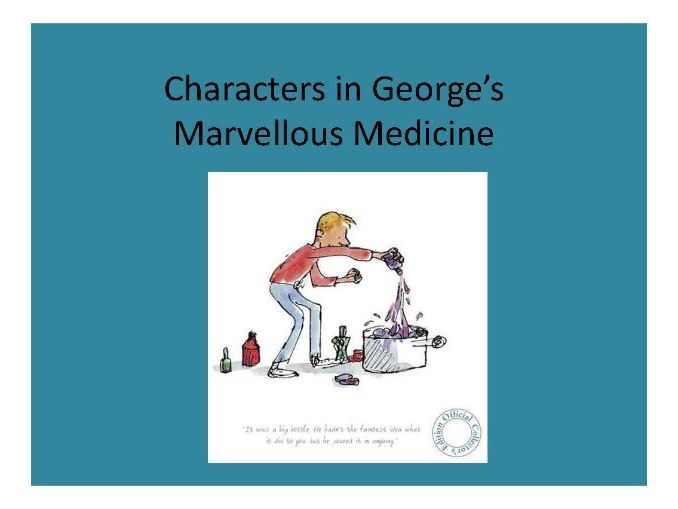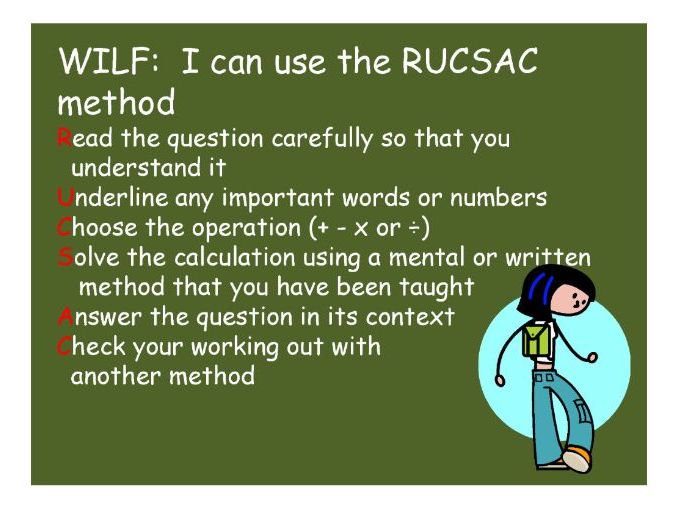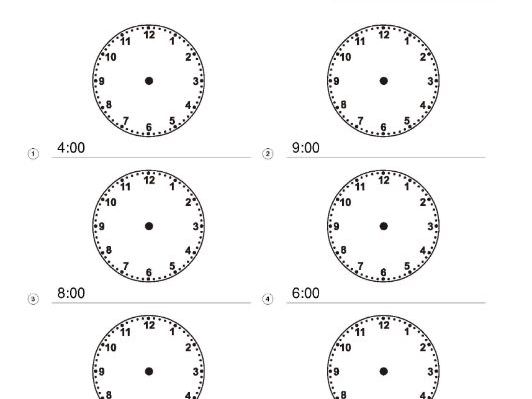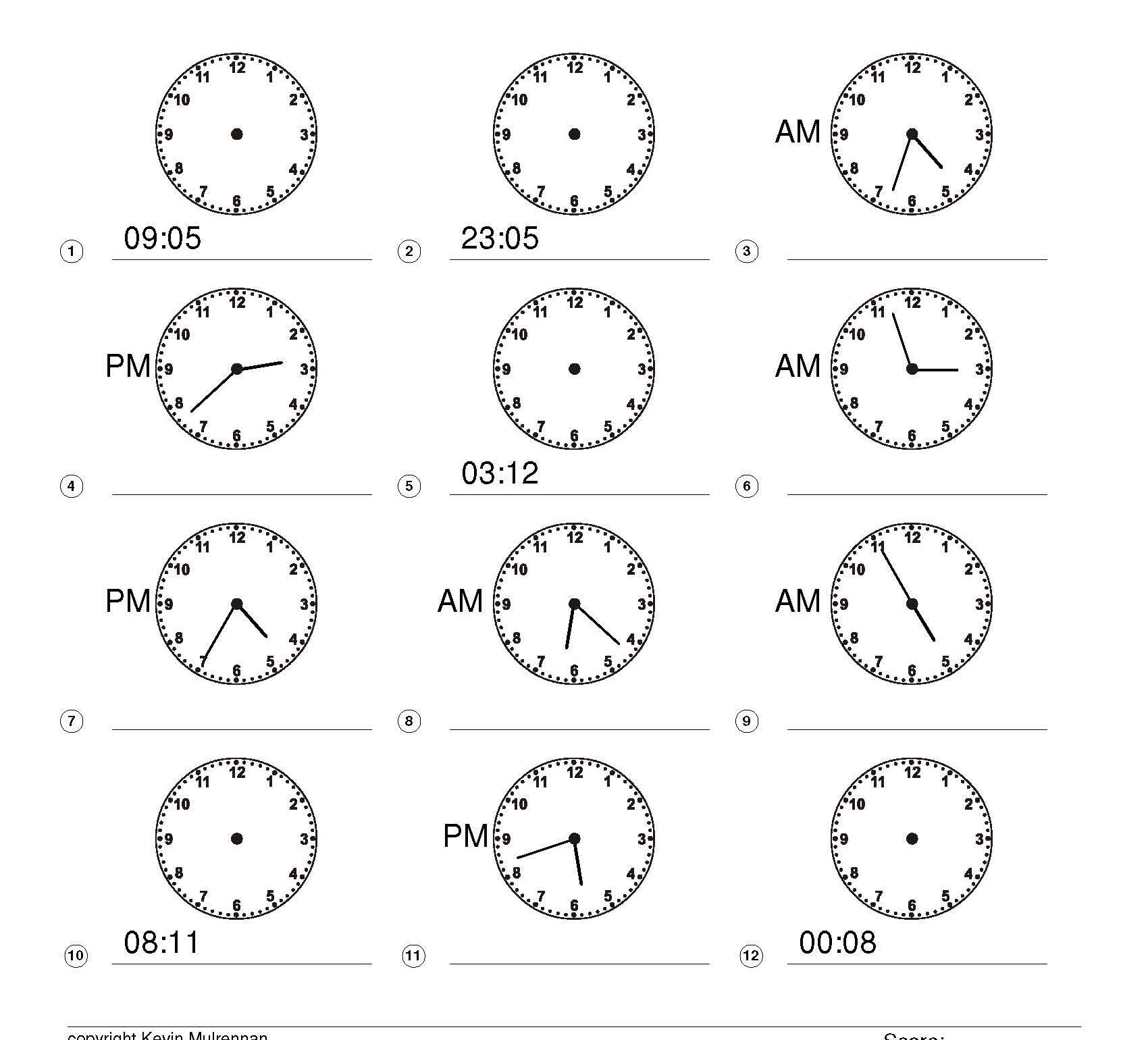421Uploads
152k+Views
49k+Downloads
All resources

Roald Dahl George's Marvellous Medicine Powerpoint Planning Twits etc
Nice powerpoint plus some worksheets.
Lots of questions. Some examples Where were George’s Mum going at the start
of the story ?
2.
Who was in George’s family ?
3.
What did George have to make for his Grandma ?
4.
What was the first thing Grandma grumbled about ?
5.
Why do you think Grandma never order George around when his par-ents were at home ?
6.
According to Grandma what should you eat if you want to grow ?
7.
According to Grandma what should eat if you want to grow down ?
8.
What do caterpillars give you ?
After listening to Grandma, from George’s Marvellous Medicine. Please read and answer these questions in complete sentences.
9.
How did George feel near Grandma ?
10.
What did Grandma say she had ?
11.
Why did George run out of the room ?
Plus a powerpoint on the Twits.

Word Problems Year 4 Maths
A bit of planning. Contains lots of questions on word problems. Adding up. That sort of thing.
One suitcase weighs 18kg, another suitcase weighs 14kg. How much do they both weigh together?
A burger costs 65p and a drink costs 45p. How much would a burger and a drink cost?
Tom bought a comic for £1.32 and a drink for 67p. How much did he spend altogether?
A bag of potatoes weighs 32kg and a bag of onions weighs 25kg. What is the total weight?
There are 26 children in Yr3, 31 children in Y4, 28 children in Yr5 and 27 children in Yr6. How many children are in KS2?
A burger costs £1.85 but a pizza costs £4.50 more. How much does a pizza cost?
Karl buys a car for £386. He cleans and fixes it and sells it for a £135 profit. How much does he sell the car for?

Short Christmas Play Ideal for Assembly The Story of Christmas Year 4 Assembly
A nice play for a Christmas assembly.
About 12 pages.
Sample :
Part 1:
KIRA - Narrator 1: The time leading up to Christmas is a busy one, and sometimes we can forget what the message of good news it brings. We would like you to imagine that this good news event is being broadcast to you today, live!
EMILY - Narrator 2: Our report, and the beginning of Christianity, is set in Nazareth. In the town, Jewish families were living under Roman occupation. These families had become poor due to King Herod’s heavy taxes. Nearly all the money the Jews earned went to Herod and the Romans so that they could afford new weapons and lovely food and clothes.
RICKY - Narrator 3: In the town lived a very religious Jewish family: the daughter of this family was called Mary. When Mary was about 14 years old she became engaged to Joseph, a talented carpenter.
SONG: Nazareth (NATIVITY)
Things are really cool in Nazareth.
Our city is full of joy,
Cause this is where girl meets boy.
Barely had a school in Nazareth.
There they join hand in hand,
side by side, they will stand.
A wedding is being planned.
Here in Nazareth.
Nazareth our place to live.
Always willing to forgive.
Nazareth will bring us well.
We can hear those wedding bells.
Feeling in a fix in Nazareth.
Rules are to be obeyed,
Arrangements are being made.
Got to get your kicks in Nazareth
Baby, you’ll run away
Start at a brand new day
Still we can not betray
Good old Nazareth.‚ÄĚ
<Play news theme ‚Äď Have playing on a screen during broadcast?>
ASHTON - Newsreader 1: Hello. And welcome to this breaking news update. We begin our report with the news of wedding preparations that are under way for Mary and Joseph who are pledged to be married. Tonight, however, Mary was woken from a deep sleep by a gentle voice.

Year 1 Planning English Maths Some Religion cc
Gathered together my plans from an excellent Catholic school.
sample:
Watch the story of Rapunzel with the children
Also show the pictures (thorns, tower, hair, witch etc) that are being used in the lesson on PP. Make sure that everyone is clear on what the pictures are of. Explain that today we will be using our phonic knowledge to write some of the main words in the Rapunzel story, to prepare us for our sentence writing next session. Practise with a few words.
Ask the children to recap the story of Rapunzel with a talk partner. As a class verbally retell and order the story. Fill in the story journey of Rapunzel. Discuss the order and use of time connectives and language.
Ask the children to think about where the story was set. Today we will be thinking of words that describe the tower that Rapunzel was imprisoned in and different towers. We will start by describing the tower that Rapunzel was imprisoned in. Ask the children to give suggestions of their descriptive words, CT to write them up alongside the picture. Ask children to support CT in spelling the words.
Talk to the children about good and bad characters, remind them off the goats and troll from last week. Name each of the characters, discuss if they were good or bad. Explain that we will make a wanted poster for the witch as we did for the troll last week. To prepare ourselves we will think of as many words to describe the witch as we can. Display the picture of the witch and give the chn time to think, pair and share. CT to model how to put these words into sentences.

year 1 Literacy Fantasy World Planning
Three great powerpoints.
Two great flipcharts.
Planning.
Sample:
Discuss fantasy settings we know so far as a whole class using Fantasy PP 1.
Reinforce the concept of a fantasy setting by showing lion, witch and wardrobe where child walks into Narnia clip:
In talking partners discuss adjectives describe the setting. Beach ball/Bean bag ideas.
Feedback to group.
Recap yesterday’s learning. Then use the Fantasy PP 2 and go through with the children how to create their own fantasy world.
Explain the activity ‚Äď children to create on paper their own fantasy world and label it.
Must include:
Setting
Characters
Magical objects
Watch the clip from Harry Potter in the magic shop and encourage the children to look out for all the magic objects:
Make a list of all the objects they could see, what they could be for, using Fantasy PP 3.
Explain the activity; children will be creating a magic object from their setting they created yesterday or a new one. What does it look like? What is it called? Etc

Dramatic Conventions three weeks Year 5 Literacy Planning TV Script
Three weeks planning.
Dramatic conventions.
Pupils write a news report and tv script.
sample:
Chn to complete new KWL and explain that we are starting a new unit called dramatic conventions.
What do you think this means? (Dramatic conventions may be categorized into groups, such as rehearsal, technical or theatrical. Rehearsal conventions can include hot seating, role on the wall and still images. Technical conventions can include lighting, dialogue, monologue, set, costuming and entrances/exits. Theatrical conventions may include split focus, flashback/flashforward, narration, soliloquy and spoken thought)
Explain that we will be focusing on the technical conventions side especially the dialogue/script
As a class watch part of this news round clip:
How do they know what to say? How do they know what to do? How would this be scripted? What do you think it would be like?
Discuss how this would have to be scripted just like in the news etc without being a play ‚Äď explain that this can sometimes look similar to a play script but not always as they will see tomorrow.
What do you think you would need to include in script writing?

Stone Age Boy Literacy Year 3 Short Term Planning
5 weeks work on interesting book.
Recap: What is a suffix?
Look at suffixes er and est as comparisons of adjectives and adverbs.
Complete grid adding suffix to root words. WALT: Make inferences and discuss Stone Age life.
Children to work with talk partners to plot their daily routine. What things do they do that are the same every day?
Children to look at a range of pictures and paintings that show stone age people carrying out different activities.
Q: What are they doing in the pictures? How is this similar/different to what they do every day?
Discuss the reliability of the pictures. Were they painted at the time? What problems could there be when we use them as evidence? In mixed ability groups use an ipad to film what they think a day in the life of a ‚Äėhunter-gatherer‚Äô was like.
Children to show another group their video explaining what they think a hunter-gatherers daily routine was like. What would you like to learn about Pre-historic Britain over the Autumn Term? What would you like to find out?
Children to write questions down on to coloured paper.
Bundle

Bargain Bundle Time Worksheets Telling the Time and Time Passages
Bargain bundle.
Plenty of worksheets testing time.
Sheets on:
telling the time
time passages
counting tables

Telling The Time 96 Worksheets with Answers Maths Differentiated Clocks KS1 KS2
98 worksheets plus answers on telling the time.
Pupils have to draw the time on the clock faces.
Plenty of variety on the sheets. e.g. time on the hour, half hour, quarter hour, plus some five minute ones.
Bundle

Year 3 Planning 3 Terms Worth Plus Telling the Time Worksheets Times Tables Bundle
Great Bundle.
3 terms plans plus great worksheets (with answers) om Times Tables and Telling the Time.
This is planning for year 3 for 3 terms .
Plenty of great material here that you can adapt and cut and paste into your own school’s model.
After decades of teaching I’m retired from teaching now. I’d like to help the younger generation so I’m putting my plans online. I hope your Sundays will be made a little easier by cutting and pasting allowing you more free time.
You get for example for one term
Literacy planning e.g. Myths and Legends, Poetry (language play) 9 weeks worth
Numeracy planning 11 weeks worth
Creative curriculum (a bit)
RE (a bit - I taught mainly in Catholic schools so feel free to ditch this if you please)
Science (a bit)
Nocturnal Animals (a bit)
Please read the three terms for full details.
Remember, all schools are different so you will have to adapt my materials to suit your school. It’s not a silver bullet, but should save you lots of time as you can cut and paste.
Great for N.Q.T.'s and experienced alike.
Bundle

KS2 Worksheets Bundle Telling Time Time Passages
A mega KS2 worksheet bundle.
Includes:
Teaching Resources 100 worksheets Time Passages KS2 Telling the Time
Teaching Resources worksheets Money Shopping cd KS2 Mathematics Coins
Telling The Time Worksheets 96 Worksheets with Answers Maths
Bundle

Mega Bundle Mathematics Worksheets KS2 Best Viewed Numeracy Literacy
A great bundle of my most viewed worksheets.
Incredible value.
Please look at my shop and get the details of the individual goodies you can get.
Bundle

Year 3 and Year 4 Complete Year's Planning Numeracy Literacy KS2 plus Mathematics Aesop Cloze Test Worksheets
Mega bundle.
Please look at my shop for full details.
Complete year’s planning for Year 3 and Year 4 plus:
Telling the time worksheets
Times Tables worksheets
Aesop close test worksheets
All answer sheets provided for worksheets.
Great value. Please be patient when downloading.
Bundle

Bundle Telling The Time and Time passages
Bundle
Worksheets on telling the time and also time passages.
Please see my shop for individual details.

Back To School French Primary School Resources and Lessons
Have you been volunteered (know what I mean?) to deliver Modern Languages at your Primary School?
This bunch of resources, that I used in my decades of French teaching, will help.
I’ve put them into groups to help you.
the zip file has loads. I’ve put a selection as downloads so you can have a look at them.
Highlights include:
festivals
games and activities
how to
ideas for lessons
phonics
poems
loads of powerpoints
songs
stories
Bundle

Back To school Bundle Nice Price Loads of Resources Years 1 to 6
Get your term kick starting with a mega bundle of resources at a bargain price.
Full of a bit of everything.
A wide selection. Have a good look at the individual things in my shop.
An incredible 31 set of different resources.

Year 5 Back to School Autumn Planning Fables Literacy Lots of Planning
Lots of planning for the Autumn term.
Literacy.
Powerpoints, planning and handouts included. Plenty of a month’s work.
Sample planning:
Genre: Traditional stories, fables, myths, legends.
Focus Texts: Robin Hood (Legend), Hercules (Myth) and Pandora’s Box (Myth).
Objectives
Primary Framework 7. Understanding and interpreting texts
Ôāß Compare different types of narrative and information texts and identify how they are structured
Ôāß Explore how writers use language for comic & dramatic effects
8. Engaging with and responding to texts
Ôāß Compare the usefulness of techniques such as visualisation, prediction and empathy in exploring the meaning of texts
11. Sentence structure and punctuation
Ôāß Punctuate sentences accurately, including using speech marks and apostrophe
Learning/Writing outcome for unit: Children can write a new version of a legend, identifying their audience and adapting their writing to suit this audience.
Children can reflect on their own performances.
Children can reflect critically on their own writing and edit and improve it.
NB Teacher Day on Monday, Mass on Thursday
LO: Whole Class Shared Learning
Guided and Independent Activities: Plenary:
Tu Identify features of a myth.
Introduce the new unit and look at the writing outcome displayed on the working wall ‚Äď explain that we have three weeks to achieve this.
Allow children two minutes to TTYP and talk about the new unit ‚Äď do they have any ideas about myth, legends or fables?
Introduce the LO for today.
Work through the PowerPoint on the features of a myth.
Activity One
Come back together and create a ‚Äėpost it‚Äô note checklist for the working wall, to include:
A myth is about gods and goddesses
It is set in ancient times
It features danger/revenge
It includes use of magical powers
It uses powerful imagery
Characters are heroes
Explains a strange/important happening
It features strange, frightening creatures
Read the following version of ‚ÄėPandora‚Äôs Box‚Äô and compare & contrast:
Activity Two Activity One
Read through the myth of ‚ÄėPandora‚Äôs Box‚Äô Discuss the features ‚Äď give children 10 minutes to highlight the features in pairs.
LA: Supported by IR
Activity Two
Provide several examples of myths for pairs. Children to highlight and annotate the features. Differentiate questioning after activity.
Discuss the task ‚Äď were all the features present?
Push HA to say that Myths pass on cultural, religious or spiritual beliefs and traditions.
Look at the ten rainbow steps to writing a myth on PPT ‚Äď discuss how this links to the story mountain.
Homework and spellings.

Advent Lesson Religious Education Year 5
A great lesson for the season of advent.
sample planning :
Begin the lesson by sharing the learning objective with the children. Give each table two different coloured post it notes and ask the children to write what they already know about advent, on one coloured post it, and anything that they would like to know about advent on the other. Children to share ideas and keep post its. If the question is not answered in the lesson they should put it in their RE book to inform the next RE lesson’s teaching.
CT and children to discuss the liturgical seasons of the year. What are they? How many are there? What is the first season of the liturgical year? Do we use colour with the liturgical seasons?
Ask the children to work on netbooks to research the meaning of the word Advent. Can they find out which language the word originates from? What does it mean?
Bring the children back together and ask them to feedback their findings to create a class mindmap. Children to then draw and complete a mind map in their books illustrating what they already know about the liturgical season of Advent.
Explore the duel meaning of the season: to prepare for the birthday of Jesus and to prepare for Jesus to come again.
Set up prayer partners for the period of advent


















